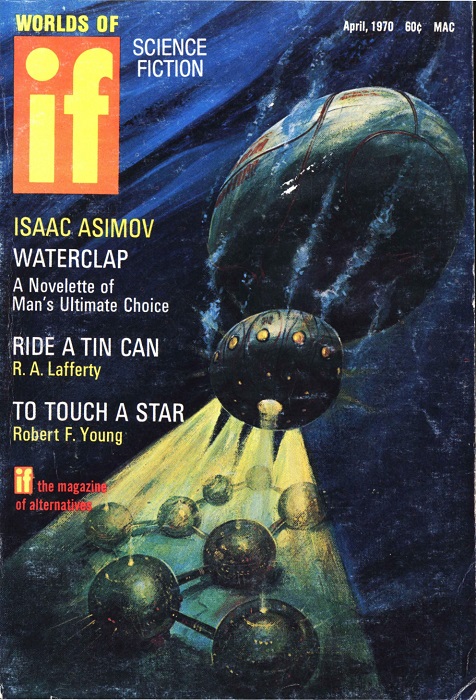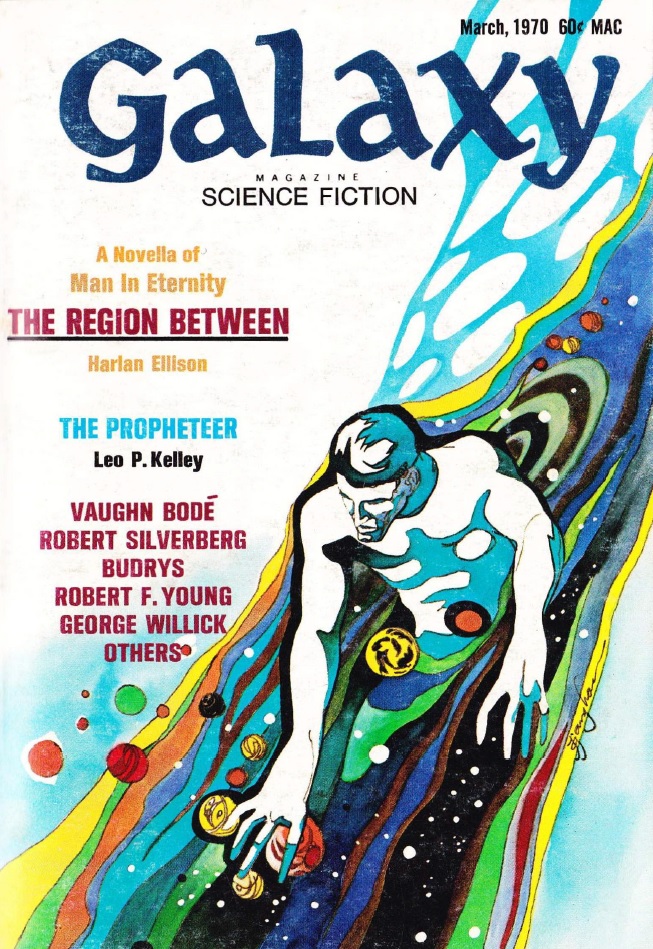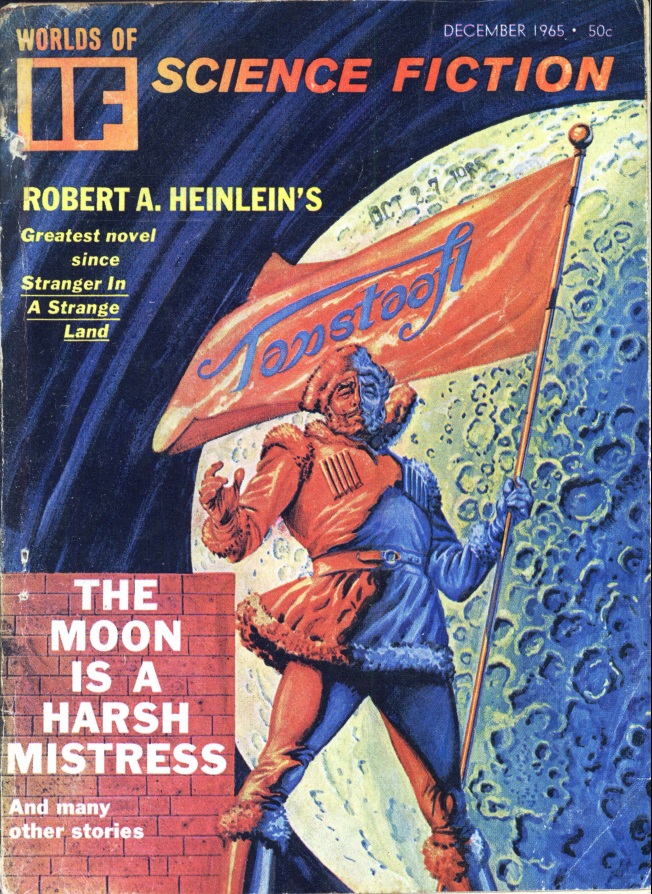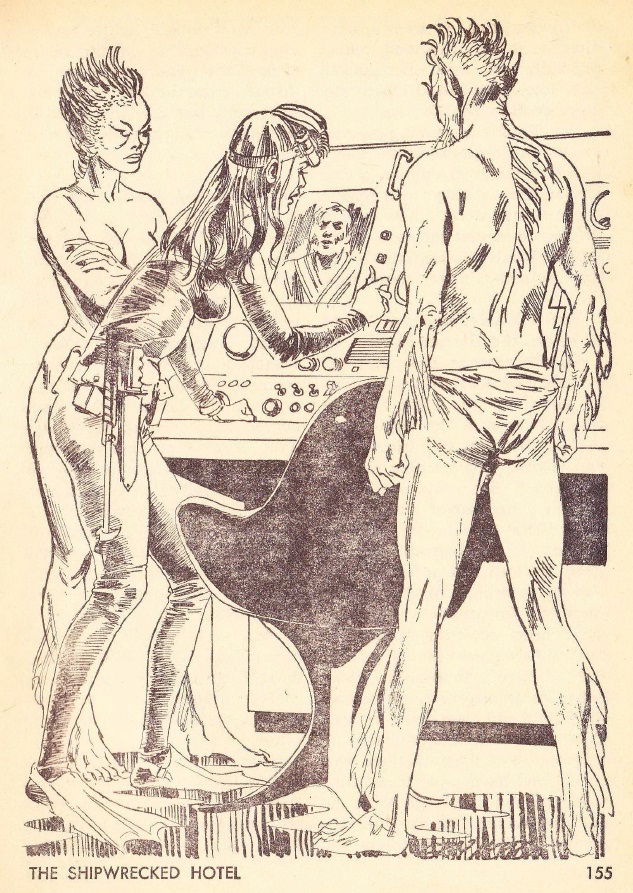
by Gideon Marcus
Blitzkrieg
Sometimes war is a crackling thing, a coiled spring of conflict that sees an enemy pouncing on and through a hapless foe. Such a campaign marked the German invasion of France through the "impassable" Ardennes forest in May 1940; a similar campaign occurred in December 1944 by the same combatants at the same spot.
They say, "Fool me once, shame on you; fool me twice, shame on me," and indeed the Americans and British soldiers in France should have known better than to pooh pooh the idea of a Wehrmacht onslaught at exactly the same location they'd used four years prior. Nevertheless, it happened, the Nazis made a big indentation in the Allied lines, and so "The Battle of the Bulge" forever got its name.

There's little surprise that Avalon Hill has made a game out of the battle. It's a fight with a lot of appeal (odious ideologies aside): As the Germans, there's the hope that enough momentum will push the tide of your forces to the coast, splitting the Allies irrevocably. As the Allies, there's the desperate holding action while you wait for reinforcements to gird the lines and throw back the Hun horde.
This year, a new war epic debuted on the 21st anniversary of the start of the battle simply called The Battle of the Bulge. Of course, we drove up to Los Angeles on the new interstate to see it. Verdict: not bad, though it's always a little disorienting to see American tanks play the role of German panzers.
To truly mark the occasion, we also started another game of Battle of the Bulge, this time switching sides. We're playing it out day by day, exactly matching the turns of the game to the days they represented. This time-shifted experience is actually a lot of fun. I wonder if I can find other opportunities to do it…

Sitzkrieg
If The Battle of the Bulge represents the essence of the blitzkrieg, this month's Fantasy and Science Fiction is a recreation of World War 1 — overlong, with little movement, ultimately pointless. Such a sad contrast to last month's issue, which was the best in years. Ah, such are the vicissitudes of war. Come slog along with me, would you?

by Jack Gaughan
L'Arc De Jeanne, by Robert F. Young
We start with the story illustrated on the front cover, sort of a cross between Young's science fiction-tinged fables and actual SF. The rapacious O'Riordan the Reorganizer, a would-be tyrant of the Terran Empire, invades the world of Ciel Bleu only to be thwarted by a young virgin with a bow and arrow named Jeanne. Her arrows, by the way, create torrential thunderstorms.
Rather than continue a hopeless fight, O'Riordan retreats his forces, instead dispatching a handsome young fellow to seduce and capture the Maiden of New New Orleans before she can fully rally the planet's defenses.
Like most Young stories, it is a bit rambling and sentimental, but it avoids the over-saccharine nature of his worst works (while missing the sublime levels of his best). It also takes a while to get going, but I enjoyed it well enough by the end.
Three stars.

by Gahan Wilson
Beaulieu, by Margaret St. Clair
A young man on the edge of a losing battle with a fatal disease is picked up by an enigmatic woman. Will she be able to drive him down the wind in the road that leads to an alternate universe where things have gone right instead of tragically wrong?
A nice psychological piece. Three stars.
Books, by Judith Merril
I don't usually review the reviews, but Merril's column is especially good this month, describing fandom and publishing in the United Kingdom, as well as devoting inches to Aldiss and Ballard. Worth a read (Mark Yon, are you reading?)
To the Rescue, by Ron Goulart
Space private dick wrestles with his sentient car companion, which is suffering a progressive nervous breakdown. Is the detective just unlucky? Or is his dissatisfaction with his chosen profession unlocking his psychic abilities?
Perhaps better suited to Analog, it's the kind of frivolous story I had to keep revisiting to remember just what had happened.
Two stars.
The Most Wonderful News, by Len Guttridge
A Welshman with a hospital-bound wife is desperate for news, any news, which he can relate to her on this week's visit. When all the usual sources dry up, he is left with one tidbit that is certifiably out of this world.
This story just goes on and on, and you won't be at all surprised by the ending. Two stars.
Smog, by Theodore L. Thomas
After a nice summary of what smog is, Thomas suggests using additives to combat automotive emissions rather than filters or oxidizers. I'm not sure how this makes any sense; oxidizers are additives. Moreover, I'm not sure one could make an emission less harmful than the carbon dioxide and water a catalytic converter produces (in the short term — in the long term, of course, we could see an accelerated global greenhouse effect).
So two stars, and learn some chemistry, Ted.
Survey of the Third Planet, by Keith Roberts
Greedy aliens arrive on Earth to add it to their collection of worlds only to be repulsed by the doughty primitives. The gimmick to the story is the revelation of who the primitives actually are.
Shrug. We saw this trick in Garrett's Despoiler of the Golden Empire, and I didn't like it much there, either.
Two stars.
The Proton-Reckoner, by Isaac Asimov
Here's a fun article about how big Archimedes thought the universe was, how big the universe actually is, and why the proton is the smallest meaningful unit of volume.
There is also a brief plug for the Steady State model of the universe, which is unfortunate given that, between the article's writing and its publication, the Big Bang model has garnered overwhelming favor.
Four stars.
Representative From Earth, by Gregory Benford
A Jovian skydiver from Earth is scooped up by aliens and given a series of tasks to complete to prove his worthiness. All of them have some element of physical prowess and intellectual cunning involved. In the end, we find out just whom he's trying to impress.
It is a story at once too overwrought and too sketchy to please, all of it in service to an off color joke.
Two stars.
Apology to Inky, by Robert M. Green, Jr.
Haunted by an incident from his past he can only vaguely remember, but which tore apart his one true love, experimental musician Walton Ulster finds himself living in several times at once: 1930, 1944, and 1965. At the intersection of these three eras is a double-murder and, perhaps, true love.
At half the length, and in more capable hands, this interminable novelette could have been something special. As is, it wavers between interest and boredom, settling in for the latter by the end.
Two stars.
Casualties of War
I suppose after last month's all-star issue, it was a matter of course that the follow up would be dismal. Part of the issue is the abundance of new/newish writers (Green, Benford, Guttridge). Ah well. I'm inclined to take the long view.
After all — one battle does not a war make!
The holidays are coming! Looking for the perfect gift for a niece, nephew, or other young relative? Kitra is the hopeful, found family novel that they've been waiting for. Buy a copy for them today…and perhaps one for yourself!



 Wire photo of the aftermath.
Wire photo of the aftermath. Arrival at Ocean-Deep. Art for “Waterclap” by Gaughan
Arrival at Ocean-Deep. Art for “Waterclap” by Gaughan
![[March 2, 1970] Par for the course (April 1970 <i>IF</i>)](https://galacticjourney.org/wp-content/uploads/2025/02/IF-1970-04-Cover-476x372.jpg)
![[February 8, 1970] Boldly going to the Region Between (March 1970 <i>Galaxy</i>)](https://galacticjourney.org/wp-content/uploads/2025/02/700208galaxycover-653x372.jpg)






![[July 2, 1969] Merging streams (August 1969 <i>Venture</i>)](https://galacticjourney.org/wp-content/uploads/2024/06/Venture-1969-08-Cover-543x372.jpg)
 More geometric shapes and color washes. Art by Bert Tanner
More geometric shapes and color washes. Art by Bert Tanner![[December 20, 1966] Above and beyond (January 1967 <i>Fantasy and Science Fiction</i> and a space roundup)](https://galacticjourney.org/wp-content/uploads/2021/12/661220cover-656x372.jpg)







![[December 18, 1965] Bulges and Depressions (January 1966 <i>Fantasy and Science Fiction</i>)](https://galacticjourney.org/wp-content/uploads/2020/12/651216cover-672x372.jpg)





![[November 2, 1965] Revolution! (December 1965 <i>IF</i>)](https://galacticjourney.org/wp-content/uploads/2020/10/IF-1965-12-Cover-652x372.jpg)


![[September 20, 1965] Unfinished Business (October <i>Fantasy and Science Fiction</i>)](https://galacticjourney.org/wp-content/uploads/2020/09/650920cover-672x372.jpg)



![[September 6, 1965] War and Peace (October 1965 <i>IF</i>)](https://galacticjourney.org/wp-content/uploads/2020/08/IF-1965-10-cover-657x372.jpg)




![[July 14, 1965] The New Dispensation (August 1965 <i>Amazing</i>)](https://galacticjourney.org/wp-content/uploads/2020/07/amz0865-cover-500x372.png)






![[July 8, 1965] Saving the worst for first (August 1965 <i>Galaxy</i>)](https://galacticjourney.org/wp-content/uploads/2020/07/650708cover-521x372.jpg)




